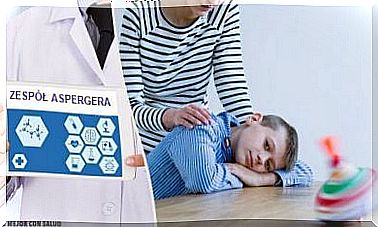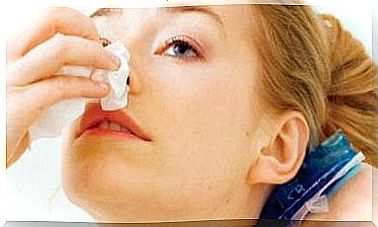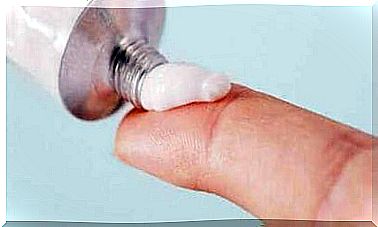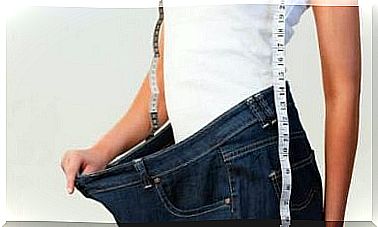Delayed Muscle Soreness: What Is It?
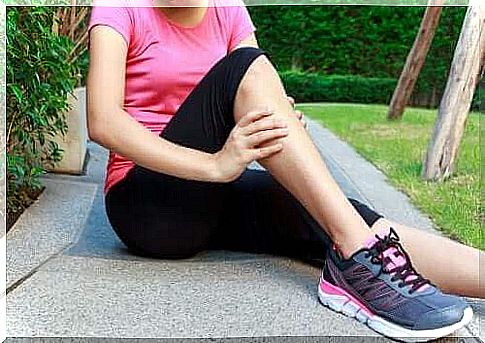
Do you know what causes delayed muscle soreness ? Many myths have arisen about it, which we will deal with in today’s article.
Although delayed muscle soreness (DOMS) is common after exercise, it shouldn’t be an excuse to quit strength training. Read on to find out what this type of pain is, why you feel it, and how you can protect yourself from it.
What is delayed muscle soreness?
Delayed muscle soreness is muscle pain that occurs after you stop exercising. We also know it under the name:
- Mialgia,
- Muscle pain,
- Muscle sores.
What should you know about delayed muscle soreness?
Delayed muscle soreness is simply muscle soreness that occurs after exercise. It usually occurs 24 to 48 hours after you stop exercising.

Additionally, DOMS can also appear after exercise or any other physical activity that is beyond what you usually do, such as after:
- On the first day at the gym of a sedentary person,
- Very intense exercise,
- Lifting heavy things.
Muscle aches and inflammation
For a long time this type of pain was thought to be caused by inflammation caused by the breaking of muscle fibers that occurs after exercise. However, today we know that such a statement is not true because:
- Pain can occur without inflammation, according to this study published in The Journal of Physiological Sciences .
- Inflammation can occur without pain, as another 2016 study published in the medical journal Frontiers in Physiology proves .
Thus, it seems that inflammation is not directly related to delayed muscle soreness. It is now believed that this type of inflammation is a reaction of the immune system to unknown stimuli (new movements or increased exercise intensity). However, in order to draw better conclusions, we still have to wait for scientists to learn more about it.
Does muscle pain come from lactic acid?
Not. Lactic acid does not cause delayed muscle pain. This was confirmed by the results of a study published in 1983 that assessed the concentration of lactic acid in the blood of two types of runners:
- Some study participants who ran for 45 minutes on a treadmill set without a decline had significant increases in lactic acid levels but no DOMS.
- Other people who ran for the same amount of time, but on a treadmill with a 10% decrease that stimulated an uphill run, did not experience an increase in lactic acid, but experienced significant muscle stiffness.
This little experiment showed that there is no relationship between lactic acid and DOMS.
Why is there pain then?
Well, there is no definite answer to that. One problem that makes it difficult to understand the cause of this phenomenon is that DOMS can sometimes spread to muscles that have not been used during exercise.

Despite this, we know that:
- Eccentric movements produce stiffness more often than concentric movements.
- Genetics is likely to play a significant role, as many factors, such as pain sensitivity, are individual dependent.
- Pains may worsen due to factors such as dehydration, poor diet, lack of sleep, too much massage, or fear of pain.
Prevention
You can’t prevent DOMS, but you can reduce the likelihood of pain. In addition, if it does occur, it will be easier for you to control it if you remember the following behaviors:
- Don’t overload yourself. Gradually increase the intensity of your exercise. By putting pressure on your own body, you won’t achieve your goal any faster. On the contrary.
- In general, it is recommended that you do not increase your repetitions, series, and load by more than 10% per week.
- Remember to warm up properly. If it has worked well in the past, stretch after exercise.
- Concentrate on developing good habits such as following a proper diet, getting enough sleep at night, and keeping your body hydrated.
In conclusion, contrary to what many people believe, delayed muscle soreness is not caused by lactic acid or inflammation. Scientists are constantly trying to find the cause of these ailments. However, keep in mind that this is a normal body response and occurs after too much exercise or after engaging in more physical activity than usual.





